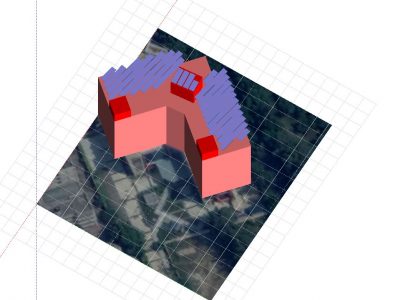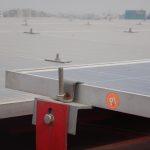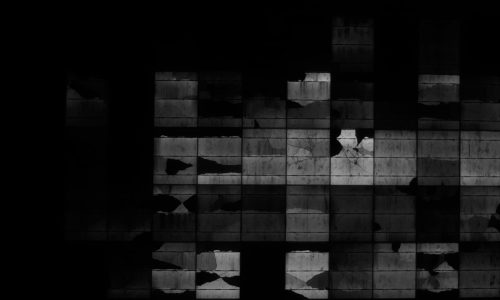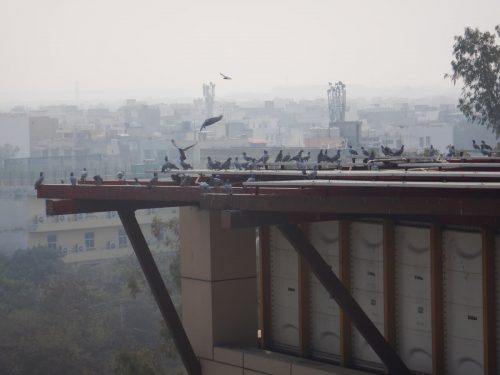Site I.3

Site ID
I.3
Health

COD
2016
Nominal Capacity
100 kWp
Average Specific Yield
721 kWh/kWp
Total Estimated Loss
46%
Possible Gain
39% to 50%
CAPEX, OPEX
2 ₹/Wp, 0.5 ₹/Wp/a
Expenditure / Energy
N/A
Abstract
The PV plant shows very high levels of soiling caused by pollution, bird drops and low module tilts, a severe module degradation caused by PID and significant mechanical damages at the module level. It is recommended to (i) increase the cleaning frequency to at least 3 times per month, (ii) install an anti-PID box to stop the PID degradation, (iii) replace the PV modules exceeding the guaranteed performance drop given by the manufacturer and (iv) remove all shading object on the module surface. The estimated production boost caused by the retrofitting actions lies between 39% and 50%.
Main Findings
Heavy soiling caused by bird drops has been detected. A large amount of birds gather on the rooftop system every day.
Significant cell and modules damages caused by personnel during the installation and O&M activities.
The infrared and electroluminescense measurements confirm the presence of Potential Induced Degradation. A big reduction of the open circuit voltage has been detected in the IV curve measurement results.
The hose and other objects left on top of the modules are sources of near shading.
The installed modules are very hotspot sensitive.
A large section of the rooftop system is shaded by the higher roof.
Impact on Performance
Cell Cracks
The severe cracks on module level account for approximately 4-6% of nominal power drop on system level. This statement bases on the extrapolation of the results of the inspected samples.
Estimated Loss
4%-6%
≈ 5%
Heavy Soiling
Soiling measurements were conducted measuring both the short circuit current and nominal power before and after cleaning at irradiations close to 800 W/m2. The estimated soiling loss of the nominal power is in the range of 4%-13% depending on the location of the analyzed module.
Estimated Loss
4%-13%
≈ 8.5%
Potential Induced Degradation
The PID effect is responsible for more than 30% of performance losses on system level. Individual module measurements showed nominal power drops higher than 80% in the most negative modules.
Estimated Loss
30%-35%
≈ 32.5%
Total Estimated Energy Loss
≈ 46%
Proposed Solutions
A regrouping of the modules shall be conducted. Modules with similar shading conditions shall be installed in the same string or at least assigned to one MPPT.
Due to the large number of cracks discovered during the site assessment, a further regrouping of the modules according to their level of affection shall be conducted. The categorization shall be conducted by means of an infrared camera at high irradiations and after the modules have been cleaned.
An anti-PID box shall be installed in order to stop the module degradation. PV modules showing power drops above the warranty conditions shall be replaced. If the replacement is not possible, the modules shall be regrouped in power classes within the same string and assigned to individual MPPT.
An improvement of the cleaning activities shall be conducted by increasing the cleaning cycles.
Spikes against birds shall be installed at the upper edge of the modules.














